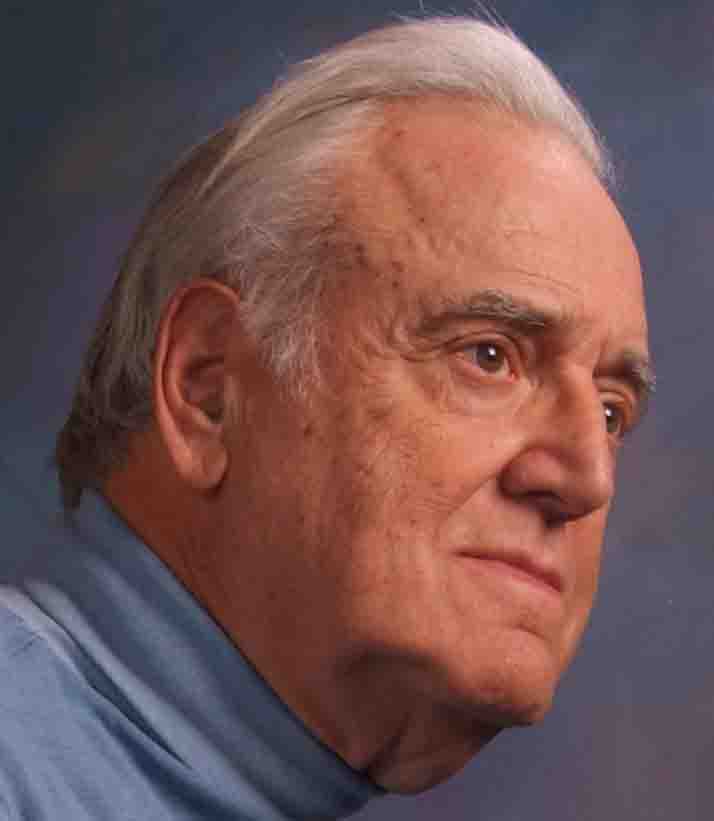Earlier this month, Ken Ham, creator and curator of the Kentucky "creation museum," invited Bill Nye, PBS's "Science Guy," to debate "origins." The debate took place on Ken Ham's home ground, the auditorium of his museum. Given the protagonists the topic, "origins," inevitably led to an contest between a literal interpretation of the Book of Genesis ("young-earth creationism") and evolution.
It was, of course, a rout: The Seattle Seahawks vs. Pee Wee football champs. An authentic debate is a confrontation between two arguable points of view. Against Bill Nye's citation of scientific evidence, Ken Ham had nothing but his Bible and the strange claim that science can tell us nothing about remotely past events. "We weren't there to see it," as he said time and again. An astonishing claim that deserves a closer examination, and a rebuttal.
"Observational Science" and "Historical Science."
In his opening remarks, Ham distinguished "observational" and "historical" science. A theme that he repeated throughout the debate. Nye correctly countered that there is no such distinction. He is right, but unfortunately he did not pursue the point. Had he done so, his demolition of Ham would have been complete. So we will pick up where Nye left off.
Ham's essential point is that "observational science" -- of the here-and-now -- is solid. But "historical science" about the past events that we cannot observe, notably evolution, is bunk. Thus Ham's persistent taunt: "Were you there to see it?" Ham's apparent assumption is that if we can't observe something directly, it has no scientific relevance.
But consider a few things in the "here and now" that we can't "observe:" atoms, genes, sound waves, radio waves (the electro-magnetic spectrum), gravity.
Gravity? Yes, gravity. We don't observe gravity, we observe its effects from which we infer gravity. Likewise for atoms, genes, sound and radio waves, etc. Their existence and their properties are inferred from observational (empirical) data and from experiments with that data.
Precisely the same can be said of inferences to past events -- what Ham calls "historical science." Therefore, if scientists can talk meaningfully about atoms and genes and waves, they can talk just as meaningfully about the cause and dates of rock stratification in the Grand Canyon, the evolution of human ancestors, the Big Bang, the formation of the sun and the earth, etc.
Does Ham mean to tell us that we don't know for sure that Abraham Lincoln was assassinated, since there are no living eyewitnesses? According to Ham's rule, we do know, of course, that John Kennedy was assassinated for there still are living witnesses. But when the last of these witnesses dies, will the Kennedy assassination then be reduced to an unverifiable "myth"?
"Of course not!," Ham would surely reply. "We know that Lincoln was assassinated because we have records of the event." With that presumed reply, the trap closes on Ham's argument.
Of course we have records of the Lincoln assassination! Likewise, we have records of evolution and the four-billion history of the earth. These records are "written" in DNA, in the rocks and in the data collected from telescopes -- evidence available to present-day observation.
And so Bill Nye was right: there is no distinction between "observational science" and "historical science." It's a pity that he didn't explain this more thoroughly..
And yet, having attempted to debunk "historical science," Ham proceeds to insist nonetheless, that we can, in fact, know about the past. "It's in the Bible."
About the Bible.
Ah yes, The Bible! Where to begin? Still worse, where to end? So much to say. Fortunately, I can be brief here since I have written and posted on the subject elsewhere.
(Note: You can view every article as one long page if you sign up as an Advocate Member, or higher).





